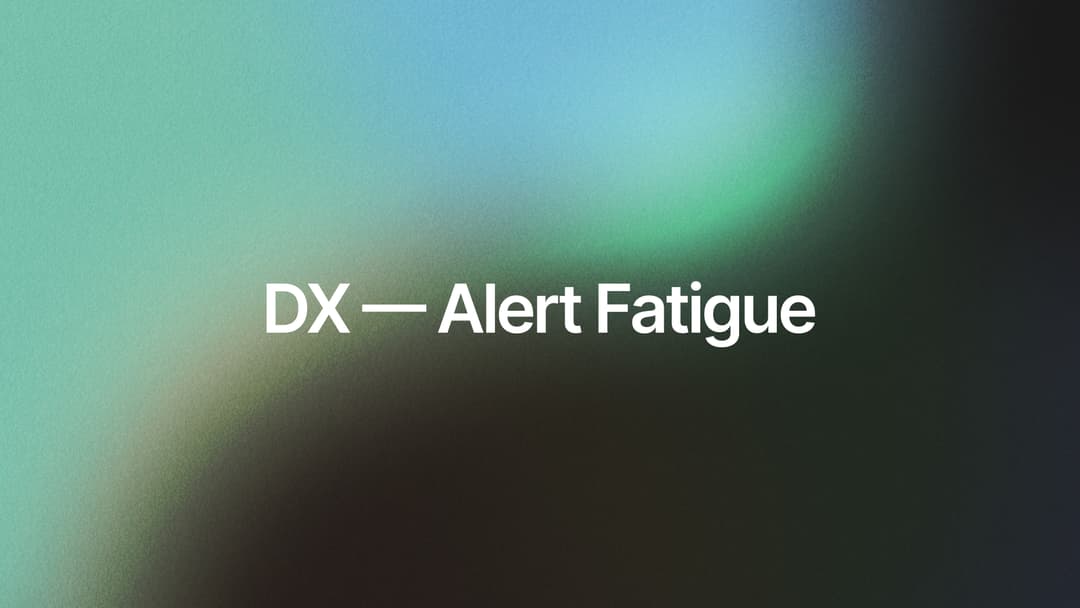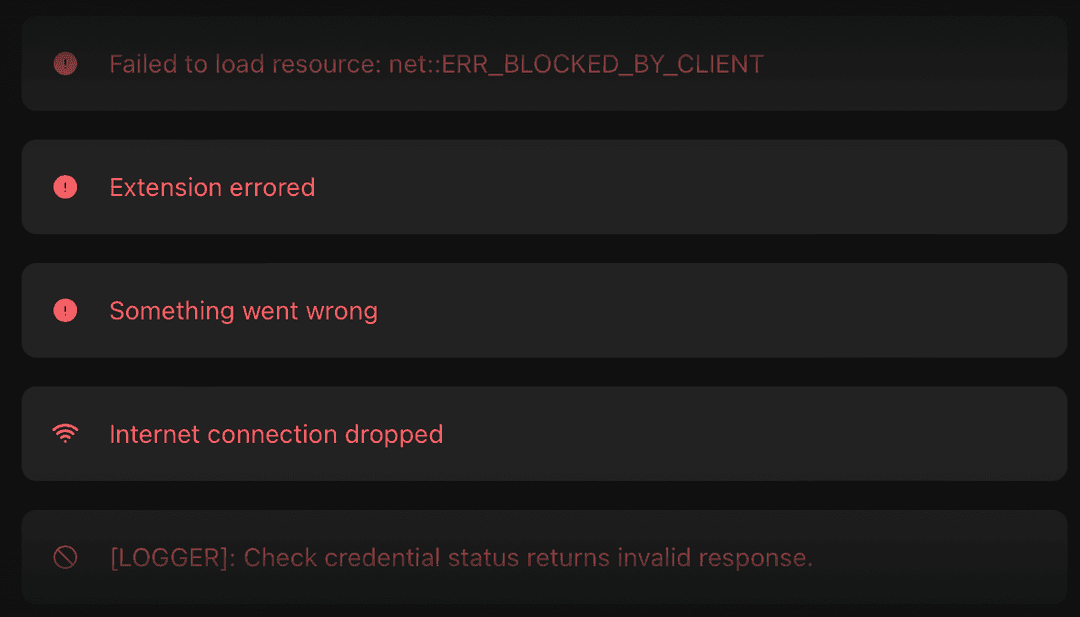Guides
Alert Fatigue: A Developer-Centric Approach with Flytrap
RG
Rikard Wikström • Jan 3, 2024

Learn how alert fatigue challenges bug-fixing and negatively impacts the developer experience.
Error tracking and bug-fixing is often ranked as the least enjoyable part of a developers daily life. Tools like Sentry have emerged as lifesavers, providing real-time error tracking. However, as developers grow increasingly reliant on such tools, they can become overwhelmed by an steady stream of alerts for even the most trivial bugs, irrelevant errors and more, impacting negatively on productivity, product performance and the overall health of the developers.
Alert fatigue is a well known concept, the decreased responsiveness or attention when exposed to a large number of alerts. Consider a hospital scenario where constant alarms risk doctors and nurses overlooking critical patient alerts. Similarly, in software, the continuous stream of alerts, even for minor or irrelevant bugs, hinders developers’ ability to focus on the critical bugs
The more exposure to alerts, the more individuals tolerate and normalize them.
Over time, people become desensitized to repeated alerts, reducing their impact.
Constant exposure leads to a habit of ignoring or quickly dismissing alerts.
As the volume of alerts goes up, there's a higher chance that employees will overlook important information. Developers may begin to overlook critical alerts, putting software stability and security at risk. The distinction between critical and non-critical issues becomes blurred, leading to longer times-to-discovery and bug-resolution, ultimately resulting in lost revenue.
While the obvious problems are quantifiable, the impact on the developers personally is often forgotten. Persistent alerts can lead to frustration and confusion in situations that are already stressful. The overwhelming cycle of notifications is a strain on teams and individual developers who from the outset wants to focus on building and shipping new features. Here it can start resulting in a , and team when it comes to debugging. This may not seem immediately impactful, but in a competitive landscape where talent retention is challenging, keeping developers happy is very important.
So how to solve this? We have seen teams take on various approaches to tackle the problem, from doing high intensity sprints, or assigning certain members of their team to be on constant standby in order to filter through the list of errors. Sentry advises a complex approach involving state-change and frequency-based alerts, and strategic routing. However, as the recommendations are reliant on manual intervention, they may inadvertently end-up contributing to the very problem they are trying to solve.
Flytrap allows you to see all the data flowing through your code leading up to bugs and reproduce them on your local development environment, enabling developers to fix production bugs efficiently and with confidence. It is compatible with modern frameworks in the JavaScript & TypeScript ecosystem.
Flytrap is built from the outset to alert on only relevant bugs by capturing invariant state, thrown functions and more. We have also paid attention to making the platform as simple and easy to use as possible and making collaboration, prioritisation and bug management smooth.
